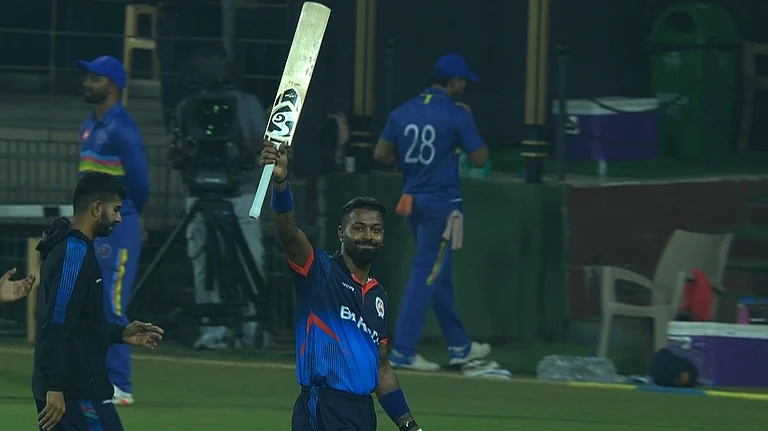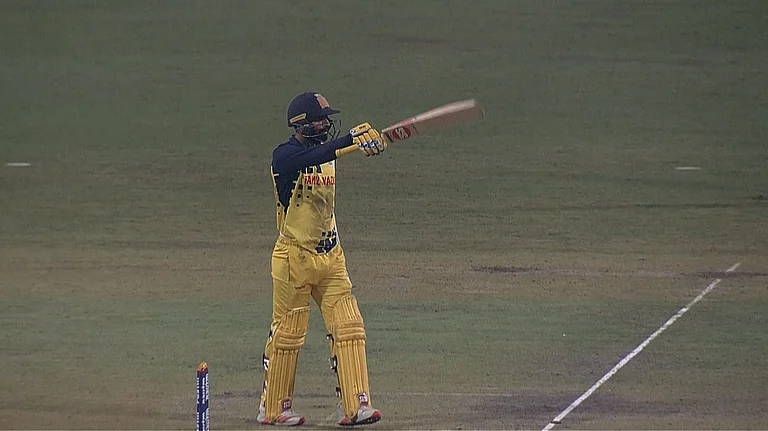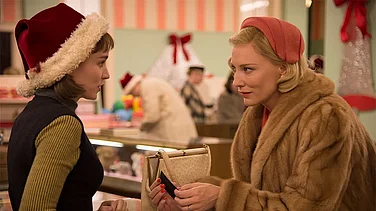Films are incomplete without junior artistes and songs without background dancers. Increasingly, when dance numbers have become the keystone of a film’s success. Raj Surani’s job is critical to making such hits happen. As a major dance coordinator, with an enviable database of dancers, that includes foreigners, he is constantly hobnobbing with the A-listers of Bollywood, such as actors, producers and choreographers. A lengthy climb up the ladder has taught him to continuously reinvent himself to stay relevant in the fast-changing dynamics of Hindi filmdom.
It was his father’s death when he was 14 years old that brought Surani into the world of song and dance. On the lookout for jobs to bring in income for the family, which was having a hard time making ends meet, he worked as an ‘extra’ in song sequences. While on the job, he learnt the nimble footwork of dancers, which eventually translated into a career.
About 18 years ago, Surani stepped into the colourful world of films. Back then, he was paid Rs 300 for a dance sequence. Hearing that dancers were paid as much as Rs 1,500, he started working as a dancer in Hindi film songs. He went on to work with well-known dance choreographers Farah Khan, Ahmed Khan, Remo D’Souza, and Bosco Caesar, among others. He has also worked with Shah Rukh Khan, Salman Khan, Aamir Khan, Hrithik Roshan, John Abraham, Varun Dhawan, Tiger Shroff and others. “As I gained experience and got closer to celebrities, I started coordinating dancers for the songs,” says Surani, in between coordinating a reel for a song from the Varun Dhawan-starrer Bhediya.
His journey as a successful dance coordinator began after he managed to get 300 dancers for a song. So impressed was filmmaker Rohit Shetty with Surani’s work that numerous dance projects came his way. “I started a studio where people might learn, collaborate, and practice. This studio grew and gave me the recognition and respect I craved,” says Surani.
The world of glamour excited him and took him along on a journey of which he had only dreamt. “I wanted to do something very big with my life but never realised that it would be in the film industry,” quips Surani, who has been a part of numerous hit Hindi film songs, including ‘Koi Mil Gaya,’ ‘Om Shanti Om,’ ‘Pinga’ etc.
It was after 2008 that the scale of Hindi film songs started getting bigger. Surani used 400 dancers for a song in Kalank (2019). “All the big songs with a large number of dancers are done by me. All songs of Dharma Productions are done by us,” he says. Confessing that it is very challenging to work out the logistics to provide the required dance resources, Surani says that it involves a continuous process of learning. Quality and loyalty are the essences of his operations.
Before 2008, dance numbers used much fewer dancers. It wass the entry of corporate houses into the Hindi film industry, particularly for film production and financing, that the scale of Hindi film songs became huge. The global audience and the appeal of the songs, with their opulence and vastness, attracted foreigners as well to try their luck in Hindi film songs. There is now an increased demand by filmmakers for foreign dancers in songs.
According to Surani, this trend is growing due to a measure of conservativeness among Indian dancers. “The foreigners are willing to wear all types of clothes. They have no issues with wearing even bikinis. They have toned bodies and bring with them a different kind of style,” says Surani who works with a large number of foreign dancers.
His success, he says, is due to the vast database of dancers he has, available at the click of a button. As a supplier, or contractor, of dancers, producers and choreographers send their requirements to Surani. His team then works out a shortlist. Those who fit the role are sent for selection to the choreographer and the producer. “Our success is due to the trust they have in our capacity to deliver,” says Surani.
(This appeared in the print edition as "Koi Mil Gaya")


























